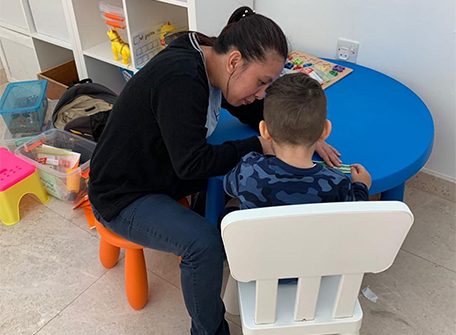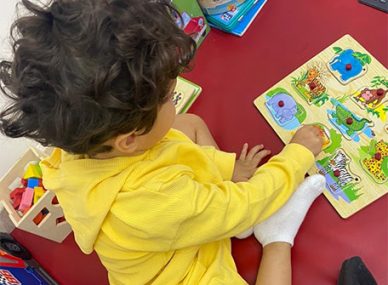With ABA therapy, a person’s social, communication, and learning skills can be improved.
Children who have autism spectrum disorders (ASD) or other developmental conditions are often treated with ABA therapy, which is considered the gold standard by many experts. Other medical conditions can also be treated using it, such as:
- dementia
- cognitive impairment after brain injury
- eating disorders
- anxiety and related conditions such as panic disorder, obsessive-compulsive disorder (OCD), and phobia
- anger issues
- borderline personality disorder
Why Choose ABA Therapy?
Several types of therapies can be used to treat children with ASD. However, not all of them are clinically proven to be effective. The effectiveness of ABA therapy has been demonstrated clinically for decades. It is common for parents of autistic children to feel that any therapy would be helpful to their children. A child’s full potential can depend on the intervention they receive. But the wrong intervention can lead to their continued struggles.
Developing a Plan for ABA Therapy
Consult an applied behavior analysis therapy expert. The first thing the expert will do is he or she will evaluate the conditions of your child and then develop a plan for ABA therapy.
After the initial consultation, the therapist creates a plan of therapy based on the observations made. Treatment goals should be specific and based on your child’s unique needs.
Generally, the main objectives in behavior therapy are to reduce problematic behaviors such as tantrums or self-injury as well as to increase or improve communication and other skills.
Caregivers, teachers, and therapists will also be included in the treatment plan. Keeping everyone on the same page is beneficial to your child.
ABA therapy includes evaluating the cause and consequence of behavior.
An important element of this therapy is the Positive Reinforcement Approach, which is based on the fact that when a child receives something they value for his or her behavior, they are more likely to repeat this behavior in the future, and thereby gradually change their behavior.
How is ABA Individualized for Every Child?
A child’s needs are evaluated by ABA therapists before they develop a treatment plan. It is common for a child with Asperger’s syndrome to be proficient in verbal language while struggling with socio-emotional skills. The child’s unique strengths and interests can be incorporated into the intervention by an ABA therapist. Playing ball, for instance, can help a child learn how to take turns.
How Does it Work?
Children can learn to overcome challenging behaviors through ABA Applied Behavior Analysis.
Functional Behavior Assessment (FBA) is one of the approaches. A child gets involved in challenging behavior and this therapy is conducted to help them cope with it. Hope AMC therapists use this approach to determine the cause of the problem behavior and then offer the appropriate intervention accordingly.
As part of ABA, a child’s behavior is continually monitored, observational data is collected, a thorough assessment is conducted, and functional analysis is conducted.
When Should Children Start ABA Therapy?
A child’s chances of succeeding in ABA therapy are better the earlier they start the therapy. When a child is diagnosed with autism spectrum disorders, such as Asperger’s syndrome, or when the parents suspect the child is developing abnormally, the child can be evaluated by an ABA therapist.
ABA Applied Behavior Analysis in Dubai
ABA Therapy Dubai at Hope AMC Medical Center occurs in a one-on-one setting. The program is designed to address the children’s specific needs and challenges so that they can overcome them. It is also important for guardians and parents to become an integral part of this treatment, so they can encourage and reinforce positive behavior at home. As a result, children will learn to establish socially significant capabilities, learn communication skills, and become able to interact socially.





